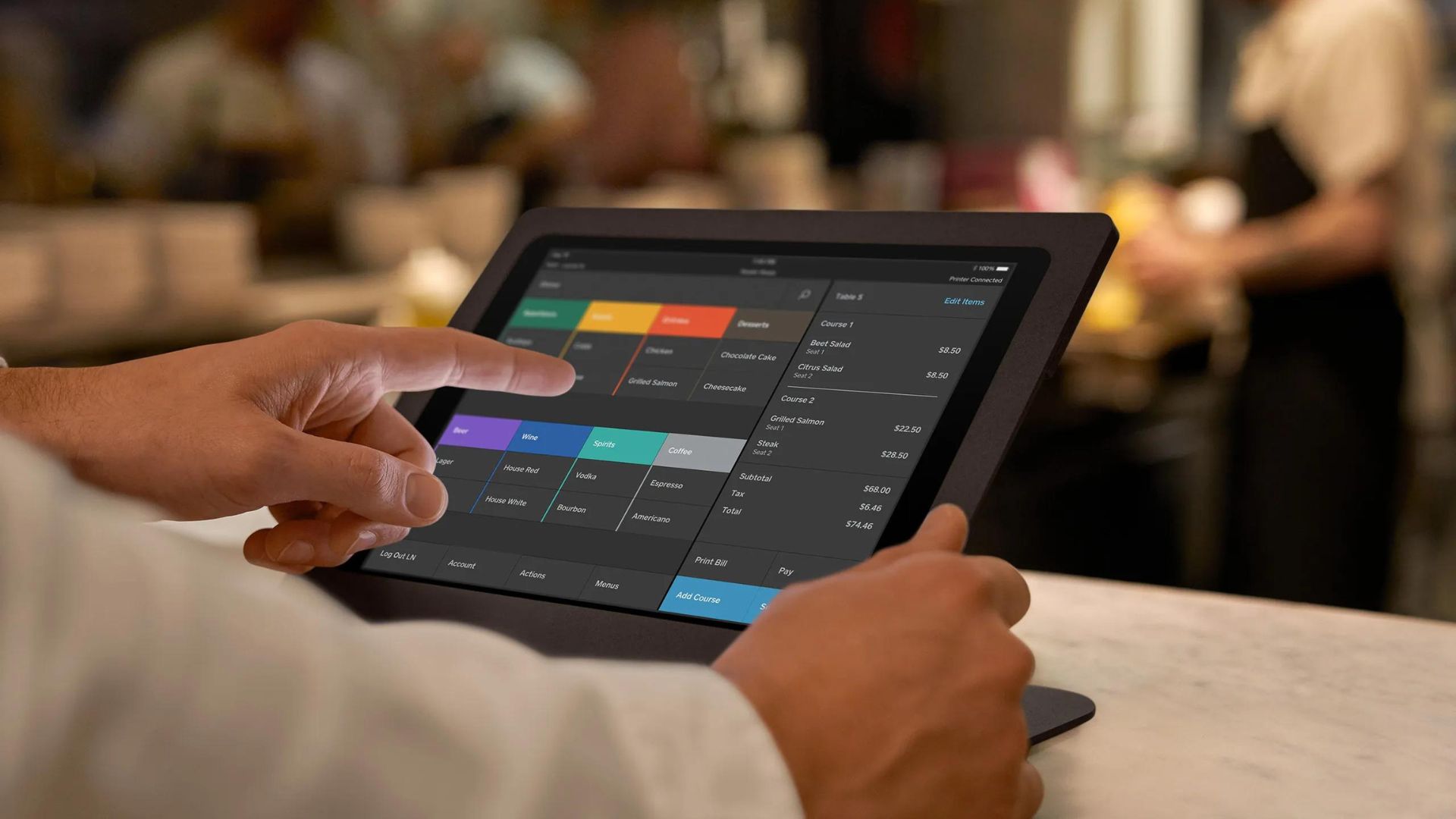How POS Systems Can Transform Supermarket Cash Flow and Profitability

In the competitive world of retail, supermarkets are constantly looking for ways to streamline operations, improve customer satisfaction, and increase profitability. One of the most powerful tools to achieve these goals is a modern Point of Sale (POS) system. More than just a tool for processing transactions, a POS system integrates seamlessly into every aspect of supermarket management, helping to optimize cash flow, reduce operational costs, and enhance profitability.
Here’s how a POS system can transform your supermarket’s cash flow and bottom line.
1. Real-Time Sales Data and Insights
One of the greatest advantages of a modern POS system is its ability to provide real-time sales data. Supermarket owners and managers can access detailed reports about what’s selling, when it’s selling, and at what price. This level of insight is invaluable for making informed decisions about pricing, promotions, and inventory management.
By tracking sales in real time, a POS system allows supermarket managers to adjust pricing strategies quickly to optimize sales. For example, if certain products are selling faster than expected, prices can be adjusted dynamically to take advantage of demand. On the other hand, slow-moving products can be discounted or bundled with other items to clear stock and improve cash flow.
Moreover, POS systems can track sales trends across different times of day, seasons, or holidays, enabling supermarkets to plan better and avoid costly overstocking or understocking situations. The insights gleaned from this data help optimize inventory levels, ensuring you don’t tie up capital in excess stock while also avoiding lost sales due to stockouts.
2. Improved Inventory Management
Effective inventory management is crucial for any supermarket, as it directly impacts cash flow. Traditional manual inventory systems are prone to errors and inefficiencies, which can lead to overstocking, understocking, or even spoilage, all of which hurt profitability.
A POS system simplifies and automates inventory management. As each sale is made, the POS system automatically updates inventory levels in real time. This ensures that stock is always accurately accounted for, helping to prevent both overstocking and understocking. By having a clear, accurate picture of inventory, supermarkets can make smarter purchasing decisions, reducing waste and improving cash flow.
Additionally, advanced POS systems provide alerts when certain products are running low, helping managers place timely orders and avoid stockouts that could lead to lost sales. This automated replenishment system reduces the likelihood of tying up capital in slow-moving stock while also ensuring that best-selling items are always available.
3. Faster Checkout Process
In the supermarket business, speed is critical. Long checkout lines can lead to frustrated customers, lost sales, and reduced customer loyalty. POS systems improve the speed and efficiency of the checkout process by reducing transaction times and allowing for multiple payment options (e.g., contactless payments, mobile wallets, credit/debit cards). The faster customers can check out, the higher the turnover rate, which directly boosts revenue.
In addition, many modern POS systems allow for self-checkout kiosks, further reducing wait times and the need for additional cashier staff during peak hours. This is particularly beneficial in supermarkets with high foot traffic, as it enables the store to handle more customers during busy times without needing to hire more staff, thus improving overall profitability.
4. Reduced Shrinkage and Loss Prevention
Shrinkage, or loss due to theft, spoilage, and administrative errors, is a significant challenge for supermarkets and one of the main reasons for diminished profitability. A robust POS system plays a crucial role in minimizing shrinkage through better tracking and reporting.
Modern POS systems provide detailed transaction logs, which can help identify suspicious activity or discrepancies in inventory. For instance, if an item is sold at an unusually low price or an item is scanned but not paid for, the system alerts managers immediately. By reducing shrinkage, supermarkets can save money, improving cash flow and profitability.
Moreover, POS systems can help manage expiry dates on perishable goods. By tracking stock levels and shelf life, supermarkets can prioritize the sale of products that are close to expiration, reducing waste and improving profit margins.
5. Streamlined Payment Processing
Efficient payment processing is another key benefit of POS systems. Traditional cash-only systems are not only time-consuming but can also increase the risk of human error and fraud. Modern POS systems accept a wide range of payment methods, including credit/debit cards, mobile payments, and even cryptocurrency in some cases.
By offering customers the flexibility to pay in the way that is most convenient for them, supermarkets can attract more business and improve customer satisfaction. Additionally, POS systems allow for faster payment processing, reducing customer wait times and increasing the number of transactions that can be processed in a given period.
With built-in integration for secure payment processing, supermarkets also benefit from enhanced financial security, reducing the likelihood of fraud and chargebacks. This helps keep revenue intact and reduces potential losses associated with payment fraud.
6. Better Labor and Cost Management
Labor costs are one of the largest expenses for supermarkets, and managing staffing levels effectively can be challenging. A POS system helps with labor cost control by tracking employee hours and productivity. This feature allows managers to see which staff members are performing well, where there might be inefficiencies, and where labor can be reallocated during busier times.
Additionally, the POS system can generate reports on labor costs as a percentage of sales, allowing managers to monitor if payroll is in line with revenue. By optimizing scheduling based on customer traffic patterns, supermarkets can ensure that labor costs are always kept in check, contributing to higher profitability.
7. Enhanced Customer Loyalty Programs
Customer loyalty programs are an effective way to encourage repeat business, and POS systems make it easier than ever to manage these programs. A POS system can integrate with loyalty programs to track customer purchases, offer rewards, and send personalized promotions to frequent shoppers. This boosts customer retention, which is crucial for long-term profitability.
By analyzing purchasing behavior through loyalty data, supermarkets can target high-value customers with tailored discounts, upsell promotions, or exclusive offers, increasing the average transaction value and driving additional sales.
Conclusion
In the highly competitive supermarket industry, every detail counts when it comes to maximizing cash flow and profitability. By integrating a modern POS system into your supermarket’s operations, you gain access to powerful features like real-time sales data, improved inventory management, enhanced loss prevention, and streamlined payment processing — all of which contribute directly to healthier cash flow and stronger profit margins.
The ROI of a POS system goes beyond just improving efficiency; it creates the foundation for smarter decision-making, better customer service, and more sustainable growth. Investing in a POS system is no longer optional for supermarkets that want to stay competitive — it’s essential for maintaining profitability and achieving long-term success.






